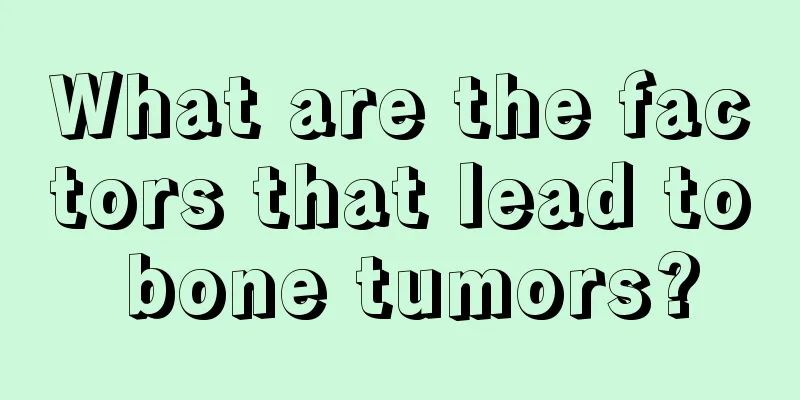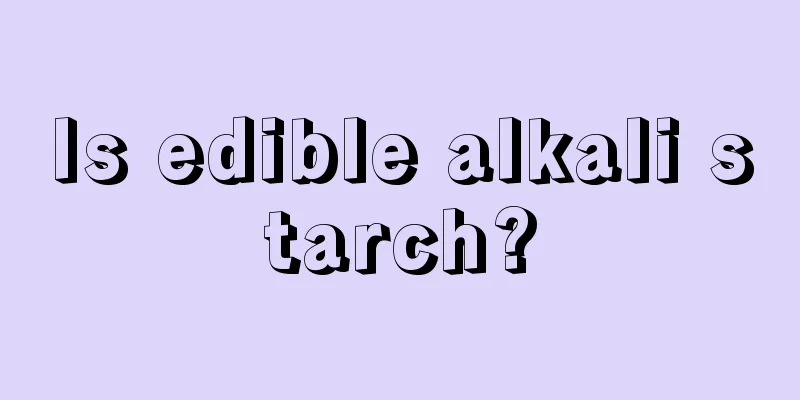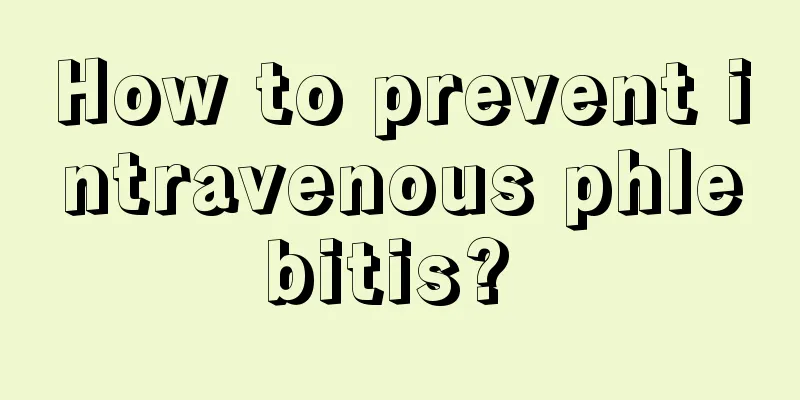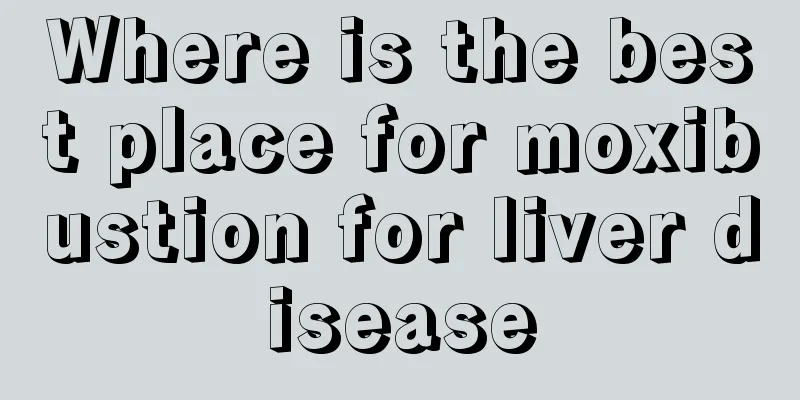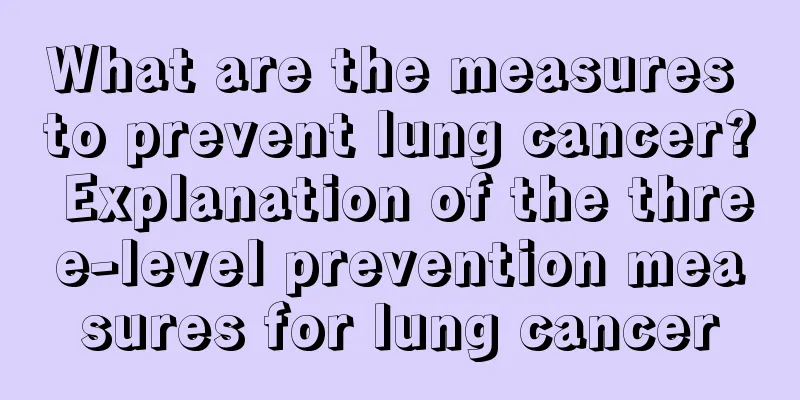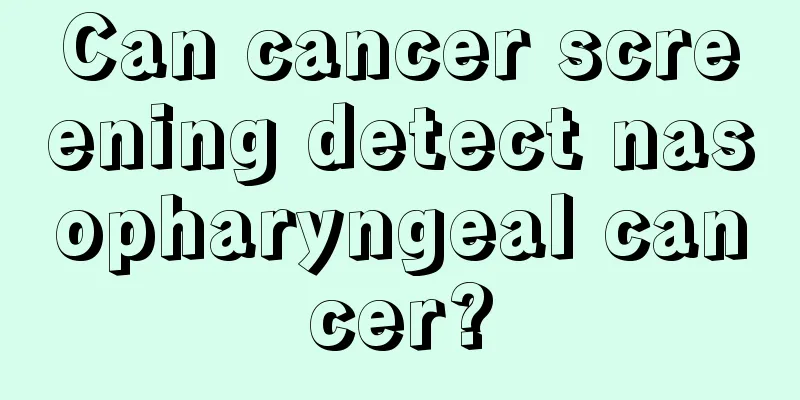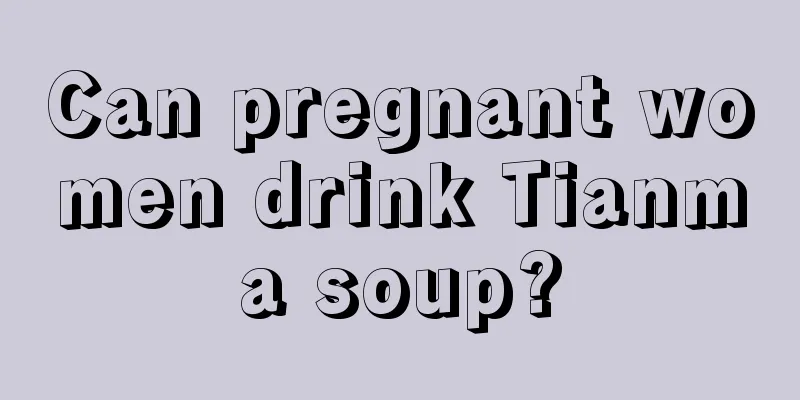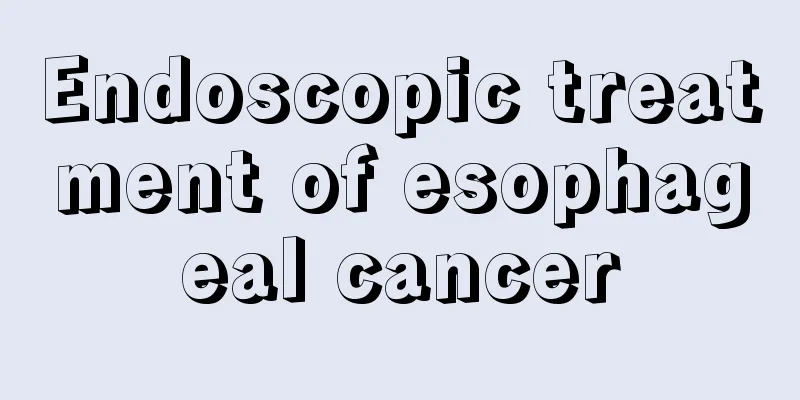How to treat gastric stones? Treatment of gastric stone disease
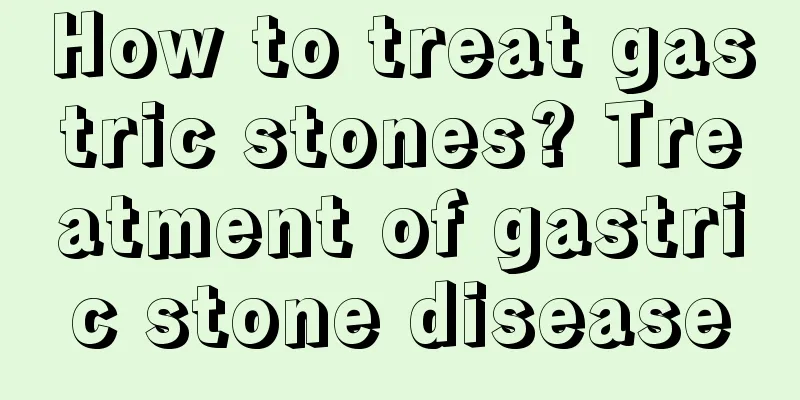
|
The treatment for patients with gastric stones includes surgical treatment and non-surgical treatment. Non-surgical treatment mainly involves oral administration of some alkaline drugs, such as 5% sodium bicarbonate and pectinase, as well as strong acid inhibitors. If the condition is serious, surgical treatment should be considered. 1. Non-surgical treatment (1) Oral alkaline drugs: such as 5% sodium bicarbonate 30 ml/time, 3 times/day, for 1 month. (2) Strong acid suppressants: Proton pump inhibitors such as esoprazole 20 mg, once a day, orally for 1 month. (3) Pectinase: Literature reports that the use of pectinase to treat gastric stones can achieve good results, and the stones can be eliminated quickly, the method is simple, and there are no adverse reactions. Pectinase can catalyze the depolymerization of pectin and the hydrolysis of esters in pectin molecules. Generally, taking 3g of pectinase once is enough to cure the disease. 2. Use a snare to remove stones under gastroscopy. 3. Surgical incision to remove the stone Although some plant balls can be dissolved and broken down after taking the above-mentioned medicines, and some may disappear after severe vomiting and massage, these treatments are unreliable and sometimes harmful, and are not as good as surgical treatment. The stomach should be properly lavaged before surgery, and care should be taken during surgery to prevent the stomach contents from contaminating the abdominal cavity, especially in patients with hairballs. Once the rancid contents in their stomach contaminate the abdominal cavity, it can easily cause severe peritonitis. The hair bulb can sometimes extend into the duodenum through the pylorus, and when removing it, care should be taken to completely remove the entire hair bulb. Sometimes there is more than one plant ball, and during surgery, care should be taken to check the entire gastrointestinal tract to avoid any residue left behind. For patients with gastric stone disease accompanied by gastric and duodenal ulcers, the ulcers can usually heal on their own after the hair bulbs are removed. Wakl[13] consulted the literature and collected 13 cases of patients with hair bulbs. All of them achieved good results in curing the associated ulcers after simple hair bulb extraction. If the ulcer is accompanied by complications such as bleeding, perforation and stenosis, appropriate treatment should be given. |
<<: Diagnostic criteria for hyperinsulinemia, eight methods can solve it
>>: What causes hydronephrosis
Recommend
Is rust inhibitor harmful to human body?
Rust inhibitors are not only frequently used in i...
How to improve pessimism and world-weariness
Pessimism is not a disease, but a symptom or even...
There is a small hard lump under the sternum
The sternum is very important to our body, becaus...
What does triglyceride mean
When we talk about triglycerides, many people don...
Do I need to take anti-inflammatory drugs for trauma
Bumps and bruises are inevitable in life. Many pe...
Are aphrodisiac underwear effective?
Underwear is mainly an item that covers the priva...
What are the symptoms and treatment of chickenpox
In recent years, the incidence of chickenpox has ...
What are the key points of nursing after esophageal cancer surgery
In recent years, the incidence of esophageal canc...
Which hospital is better for treating hamartoma
Which hospital is better for treating hamartoma? ...
Repeatedly picking at scalp scabs
Human skin is very fragile. It may bleed if touch...
There is a hard piece of meat on my shoulder, what should I do?
If there is a piece of meat in the shoulder area ...
There are six ways to treat vomiting. How many do you know?
There are many factors that cause vomiting, such ...
What is the best treatment for oral herpes?
Oral herpes is a disease caused by an intestinal ...
What should I do if my legs become swollen after standing for a long time at work?
Lower limb edema is a very common phenomenon in l...
How much water should you drink every day?
The human body needs to consume a lot of water ev...

